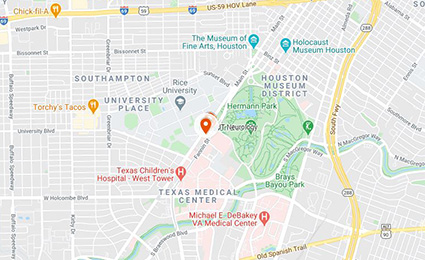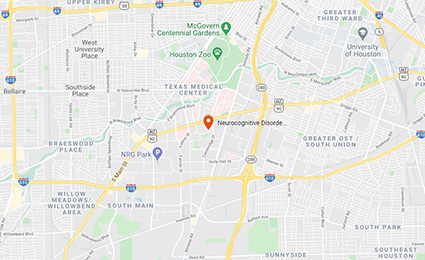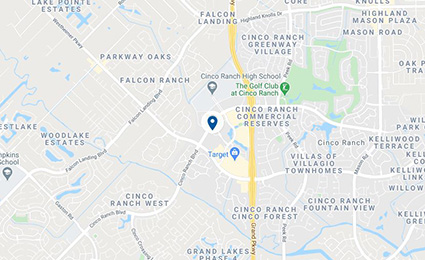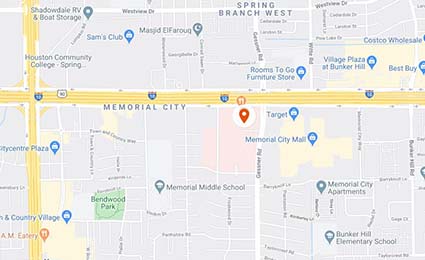Minimally Invasive Spine Decompression
What is Minimally Invasive Spine Decompression?
Minimally invasive spinal decompression is a surgical procedure designed to relieve pressure on the spinal cord or nerves caused by spinal stenosis, herniated discs, bone spurs, or thickened ligaments. These conditions can lead to pain, numbness, weakness, or difficulty walking. Unlike traditional open decompression surgery, the minimally invasive approach uses smaller incisions and specialized instruments to minimize disruption to the muscles and tissues surrounding the spine. Two types of surgical techniques are most common in minimally invasive spinal decompressions: a laminectomy, which removes the full lamina, and a laminotomy, which preserves more of the bone and tissue. These minimally invasive spinal decompressions typically result in less postoperative pain, a shorter hospital stay, and a quicker recovery.
Who is a good candidate for Minimally Invasive Spine Decompression?
Patients may be considered good candidates for minimally invasive spinal decompression if they have spinal stenosis or another condition that has been confirmed by MRI or CT imaging and their symptoms correlate with the imaging. Symptoms often include persistent leg pain, numbness, tingling, weakness, or difficulty walking that interferes with daily activities. Candidates typically have not found relief through physical therapy, medications, or injections.
How is Minimally Invasive Spine Decompression performed?
The surgery is performed under general anesthesia. The patient is positioned face-down on a surgical table, and the surgeon makes a small incision over the affected area of the spine. A tubular retractor gently separates the surrounding muscles, creating a working area that minimizes trauma to healthy tissue. Using a surgical microscope or endoscope, the surgeon carefully cleans up the structures that are compressing the spinal cord or nerve roots. This may include trimming a herniated disc, removing a portion of bone, or reducing thickened ligament tissue. Once the pressure on the nerves is relieved, the tubular retractor is removed, allowing the muscles to return to their normal position. The incision is closed with sutures or a small bandage.
What are the benefits of Minimally Invasive Spine Decompression?
This approach offers several advantages over traditional open decompression. The use of smaller incisions and less disruption to muscle tissue generally results in reduced blood loss, decreased postoperative pain, and a lower risk of infection. Patients usually experience minimum scarring, and hospital stays are often shorter, with many patients discharged the same day. Recovery time is usually faster, enabling patients to return to daily activities more quickly.
What is the recovery from Minimally Invasive Spine Decompression?
Most patients are able to walk within hours of the procedure. Discomfort is generally managed with oral pain medication, and walking is encouraged to promote circulation and healing. Patients are advised to avoid heavy lifting and strenuous activity for several weeks. Physical therapy is often recommended to help rebuild strength and flexibility. While leg pain and sciatica symptoms frequently improve rapidly, numbness or weakness may take longer to resolve. The success rate for minimally invasive spinal decompression is high, though any surgery has risks, including infection, nerve injury, or blood clots. Your surgeon will discuss these potential risks and benefits in detail prior to the procedure.
Other common minimally invasive spine procedures
Discectomy: This procedure removes a damaged spinal disc or discs to treat pain, numbness, or weakness in the legs or arms, most commonly from a herniated disc.
Spinal Fusion: This minimally invasive spine surgery is used to stabilize the spine by fusing vertebrae together. Screws and a rod are placed through a small incision during the procedure.











